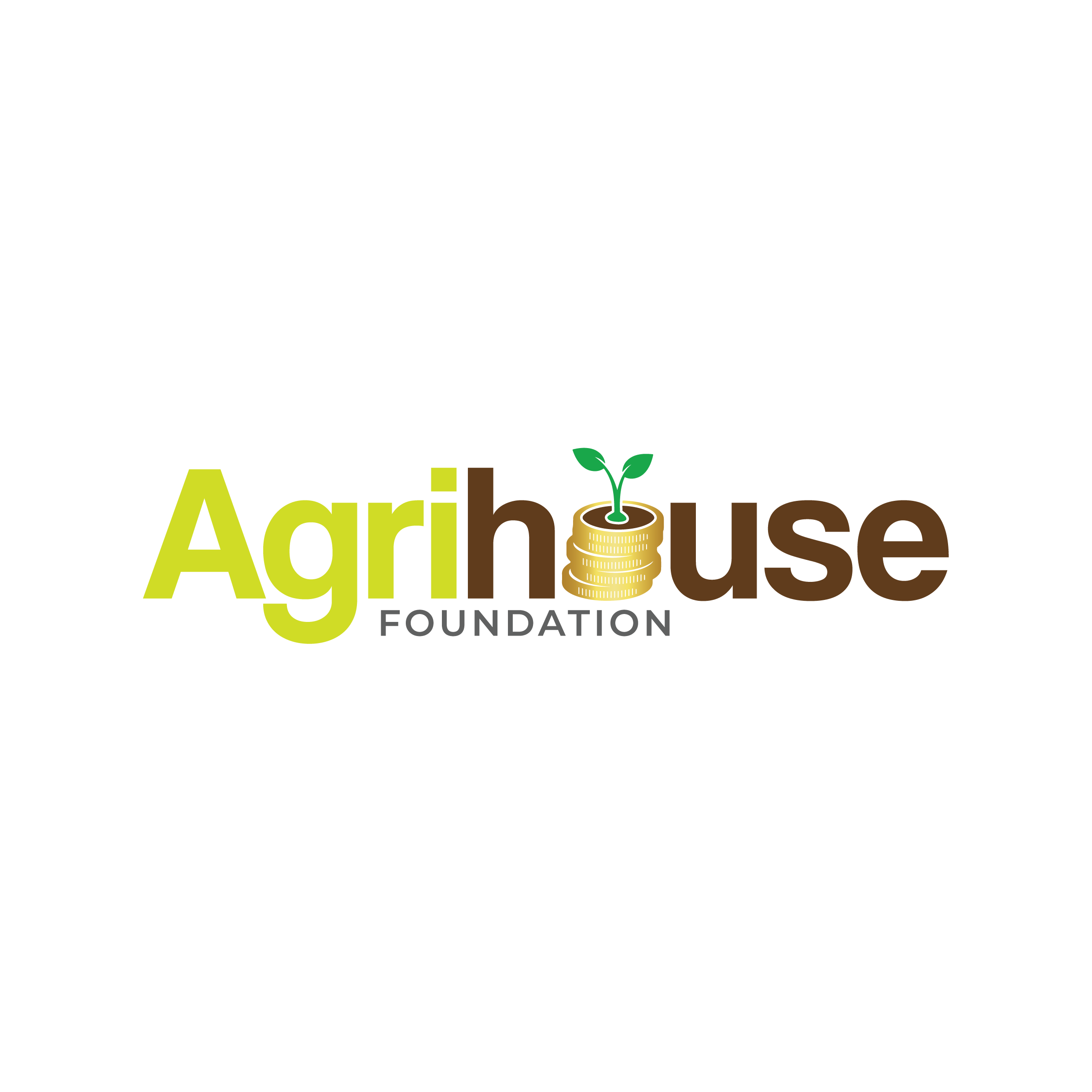Mr. Bright Manye, the Deputy Director for the Animal Production Directorate at the Ministry of Food and Agriculture, has emphasized that while the government is committed to addressing the challenges facing the poultry sector through various programs, governmental efforts alone will not suffice to overcome the existing hurdles.
Speaking at the launch of the 4th Ghana Poultry Day organized by the Agrihouse Foundation, Mr. Manye highlighted the difficulties Ghanaian poultry farmers face in competing with their international counterparts. “The high cost of feed, which constitutes about 70 percent of production costs, makes it difficult for local farmers to achieve profitability,” he noted. “Any marginal change in feed prices significantly impacts the farmers’ bottom lines.”
In 2020, domestic chicken meat production in Ghana was reported to be around 40,000 metric tons, while imported chicken meat reached a staggering 150,000 metric tons. Besides the high feed costs, farmers also struggle with the high costs of day-old chicks, vaccines, utilities, and the lack of quality processing facilities.
To address these issues, the Government has implemented several projects and programs, including the Livestock Development Project, the National Livestock Services Project, the Ghana Poultry Project, the Rearing for Food and Jobs Programme, and the Savannah Investment Programme. These initiatives aim to tackle the various challenges within the poultry sector.
One of the new initiatives, the West Africa Food System Resilience Project, aims to support anchor farmers in producing about 2 million broilers. Additionally, under the Planting for Food and Jobs II program, funding has been secured to produce some 6 million birds, with more support anticipated through the Harnessing Agriculture Productivity and Prosperity for the Youth (HAPPY) Project.
Mr. Manye underscored the potential of a vibrant poultry sector to create jobs, particularly for women and the youth, and to stimulate economic activities. “A thriving poultry industry could propel economic activities such as input supply, production, processing, and marketing,” he said. “Auxiliary services like husbandry and veterinary services, transportation, equipment repairs, and maintenance could also generate employment opportunities.”
Despite these efforts, Mr. Manye reiterated that collaboration between the government, private sector, and other stakeholders is crucial to effectively overcoming the challenges in the poultry sector.

